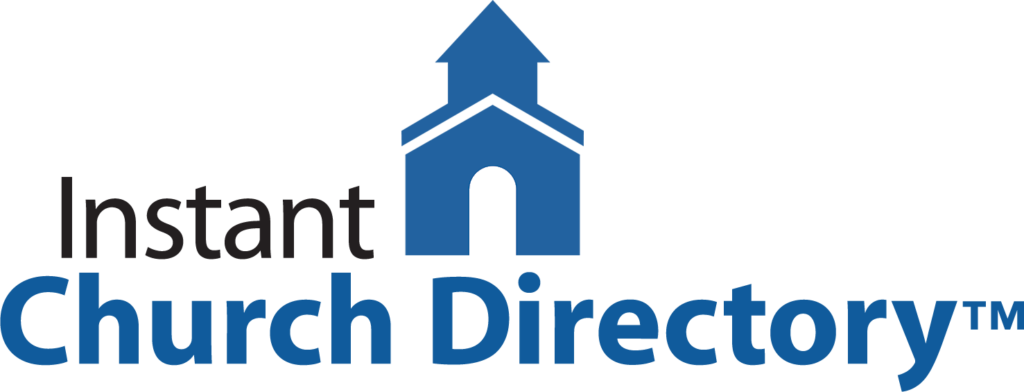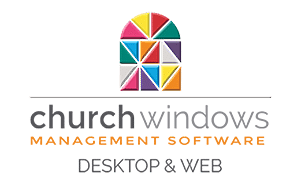By Boyd Pelley
In 2 Corinthians 11:28, Paul writes, “Besides everything else, I face daily the pressure of my concern for all the churches.”
In 2020, pastors faced these same daily pressures in new ways. They felt the uncertainty of cancelling services for the first time in their church’s history. They heard the conflicting counsel about re-opening. They felt the angst of political polarization. They cared for out-of-work congregants and friends. They sincerely prayed for the critically ill. And, they had to tighten their budget belt.
The idea of Digital Connection Cards was introduced in early 2019…but the pandemic and the pressures on church staff introduced unforeseen challenges that this new way of using technology helps solve.
What Is a Digital Connection Card?
As you know, a connection card (goes by many names) is a convenient way for people in the congregation to express their needs, interests and responses during or after a worship service by manually filling out a card or tear-off form. It is a valuable tool for pastors and staff to hear from their people and respond.
A Digital Connection Card (DCC) is exactly the same thing, but it is all done online. It can be a link on the church’s website that people navigate to by typing the address or using a QR Code. It could be a link in an email or text that people receive. And nowadays, with two-way texting, attendees can text a keyword to receive the link to complete a DCC online.
You may feel like you’ve been through enough and it’s time to get back to how things were. May I encourage you that those days are gone. It’s time to build the future. DCCs are a great way your church management system can help you.
- To engage live-streamers
Many churches had online services before COVID-19. But almost every church now has learned to live-stream services. These are here to stay, and many churches are already recognizing that most people visit online before they attend live. If this is the case, we have to develop better ways to connect live-streamers.
Many live-stream applications provide a chat or some ability for people to connect with each other. However, these are not integrated with the church management system, and they aren’t convenient when the live-stream is being cast to another screen, like a living room TV.
A DCC can be introduced as part of the service. Participants enter the link address or text the keyword conveniently from their phone. Because the form they complete feeds directly into the church management system, there is no need to enter or import data.
- To accommodate live attenders
Social distancing created a concern for many about touching each other or being close enough to hand out things like bulletins. Hopefully, those restrictions will ease in 2021. But many today have gotten so used to paperless living that the idea of handling a bulletin or filling out a paper card feels uncomfortable, reminding them of unwanted mail and needless landfills. Having the ability to respond to an appeal on their phone is easier and more natural for digital natives.
- To communicate consistently
If online services are here to stay, having one connection strategy for online and another one for live ministry will confuse people. It is important that leaders giving announcements are as aware of those online as they are of those present. Help them out by giving your communicators a clear, professionally consistent message that applies to both audiences! It will also help both live and online attenders have equal access to share their needs and responses.
- To increase website traffic
Your church website needs to be better utilized. It is the hub of all that happens. Guests need to feel welcome here. Members need to feel welcome here. People far from God need to feel welcome here.
Once a DCC is filled out, online forms are designed to allow you to redirect the respondents to wherever you want. We recommend having a web version of your bulletin with links directly to your website, including online giving.
- To automate data entry
Handwritten connection cards must be manually entered into the database. Not only does this take time, but reading the writing can be a challenge. If a single letter in an email address or phone number is off, communication will bounce. DCCs take the middle person, the data entry person, out of the equation. As soon as people complete the form, the data is in the database. More timely and more precisely.
- To improve staff responsiveness
There’s nothing more disappointing to a pastor than hearing from someone that they filled out a card and no one responded. Something in the system broke down and not even an email or text was sent to acknowledge their request. Their information might have been mis-read or mis-typed. Their card request might have been overlooked or under-prioritized. There are many places in the human communication chain that problems could have occurred. With DCCs, people enter the data themselves and then automated workflows make sure emails, texts, and personal notifications are sent. On time. Every time.
Church management system automated workflows (different systems call it different things) are designed to schedule and send out a series of emails or texts. These are communication templates that include the person’s name and the normal response to their questions or concerns. To help with a personal touch, workflows can also send pastors, staff or anyone else emails and texts to follow-up. With one click from this notification, they are in the database to see details and contact information.
We will remember the daily pressures of ministry in 2020 for decades to come. Not only for the loss and lessons learned, but also for the innovations that it accelerated. Technology has found new or at least more significant roles in how we do ministry.
Live-streaming is normal for a majority of churches now. Online giving has proven its value. It is time to bring pastoral care, assimilation, and discipleship to this new season of ministry. Digital connection cards in your church management software are the future.
Boyd Pelley is an entrepreneur and church software innovator. He is also co-founder/culture architect at Churchteams, a full software suite for managing all the things that keep you up at night, letting you get back to what’s most important—making disciples and building teams, go.churchteams.com.










